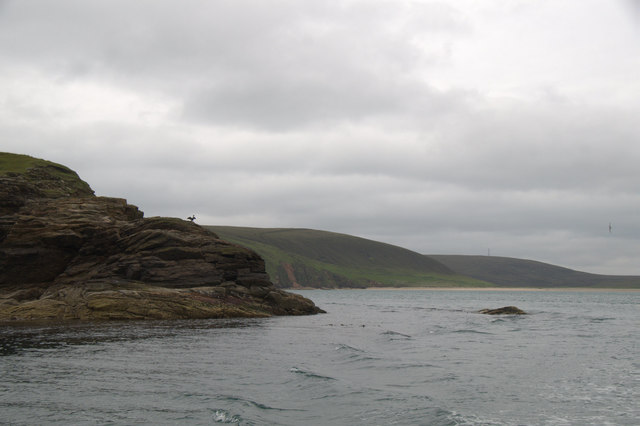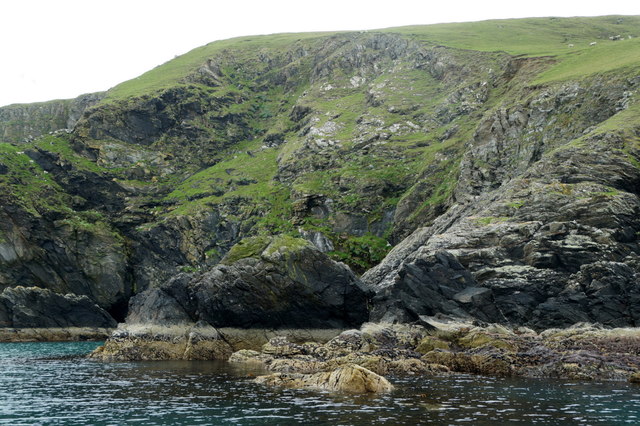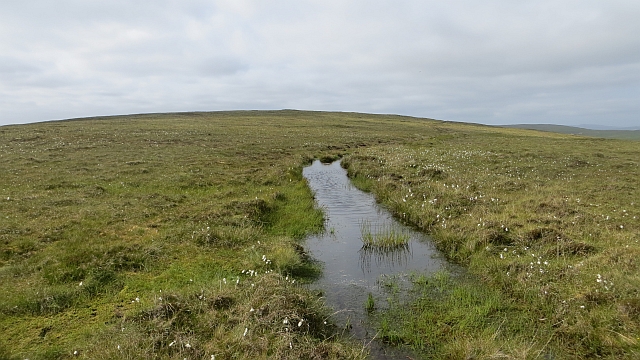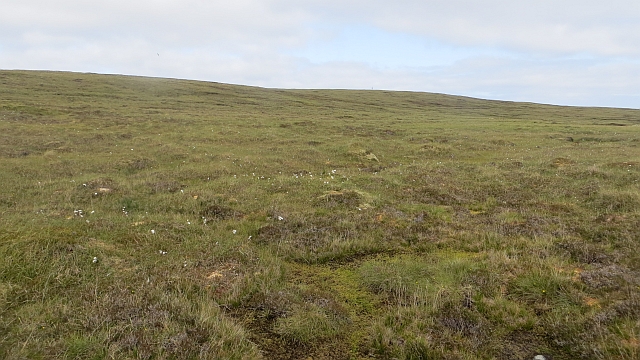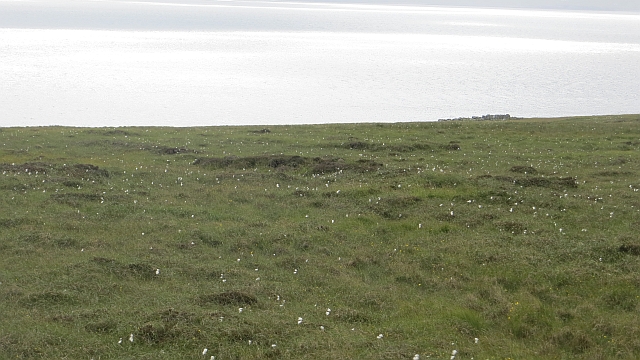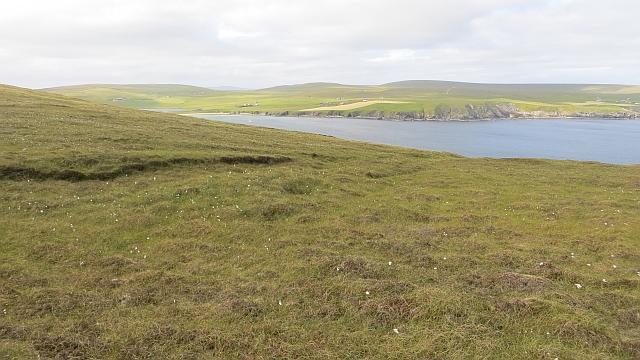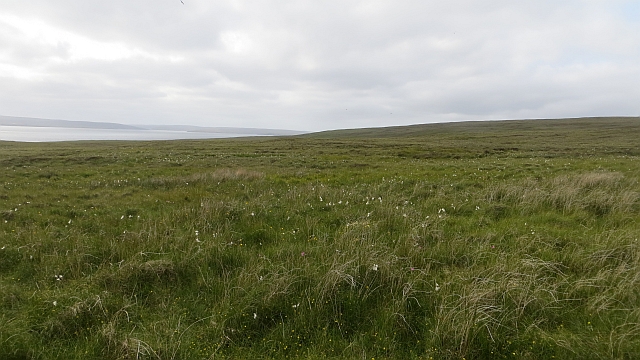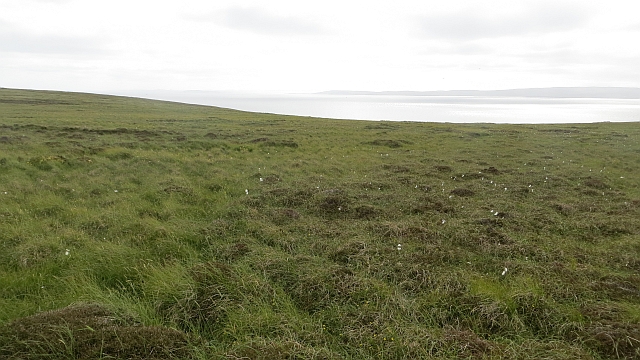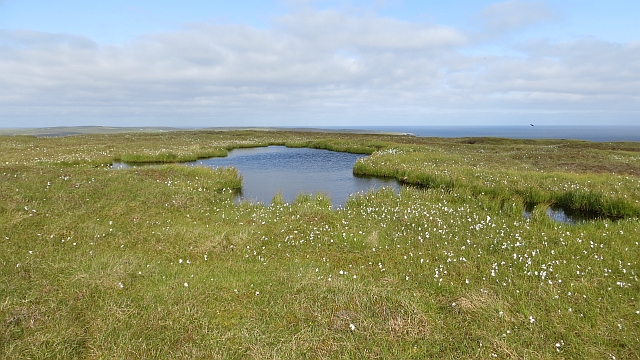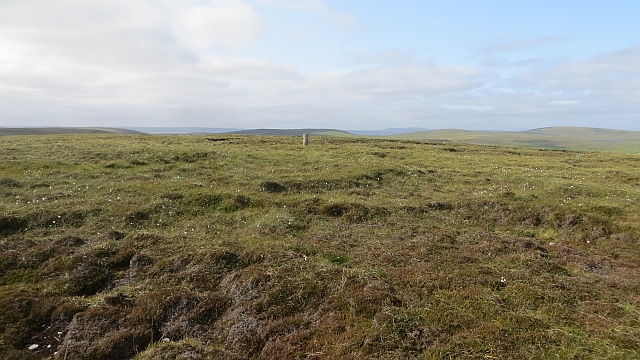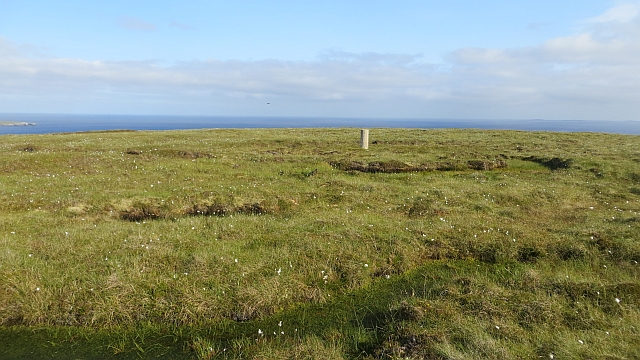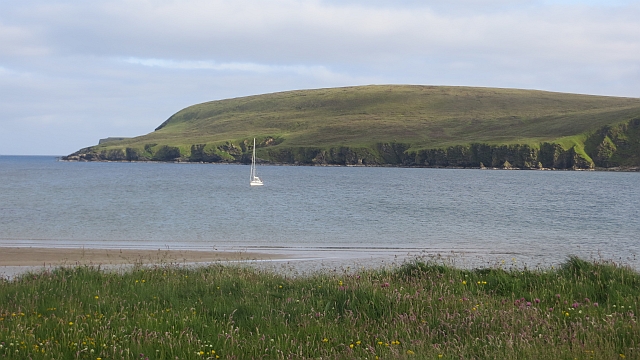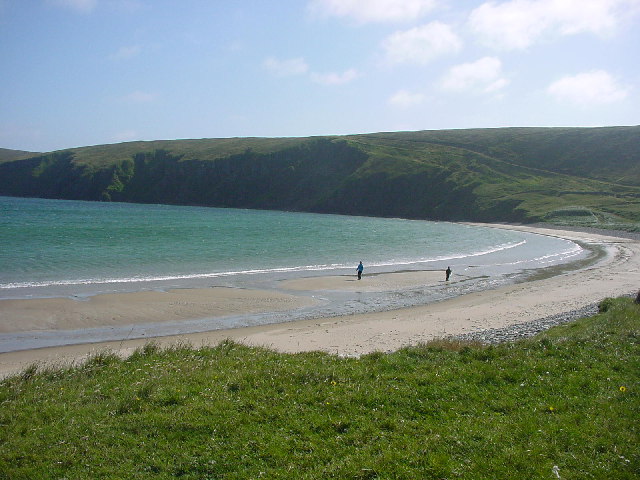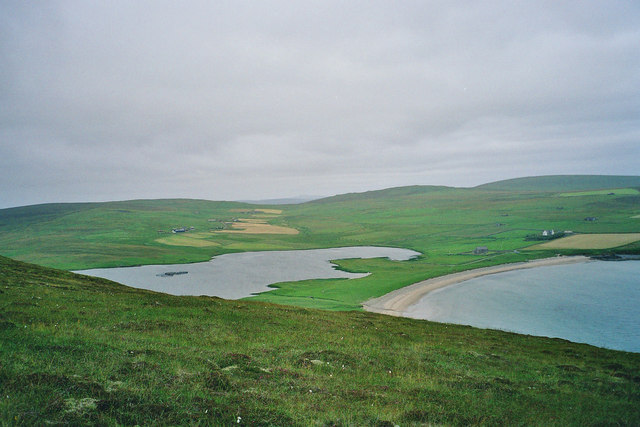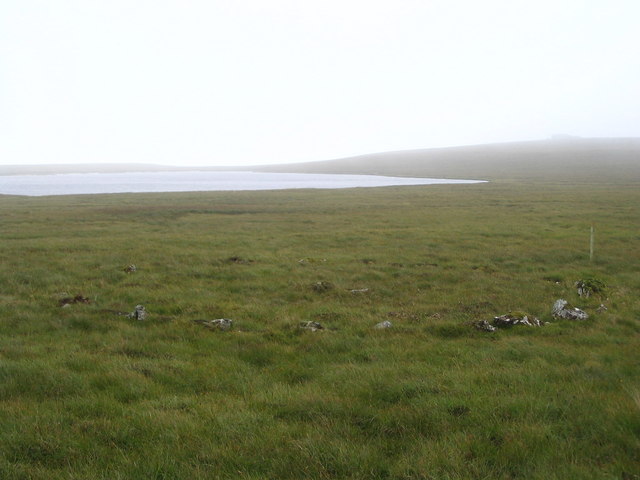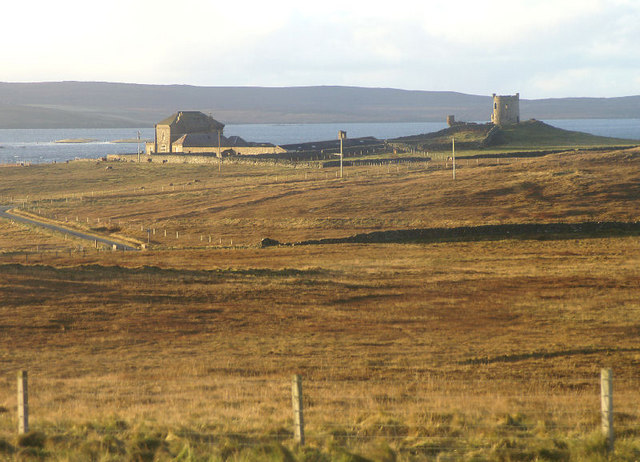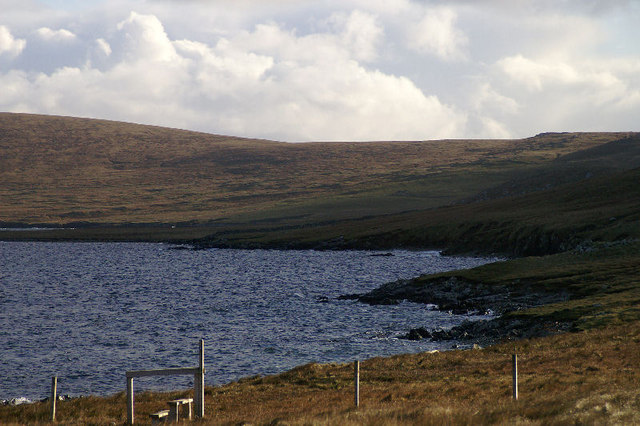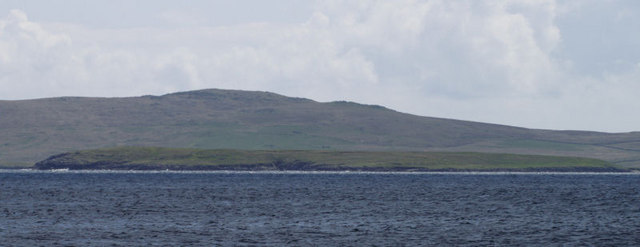Klifts
Cliff, Slope in Shetland
Scotland
Klifts
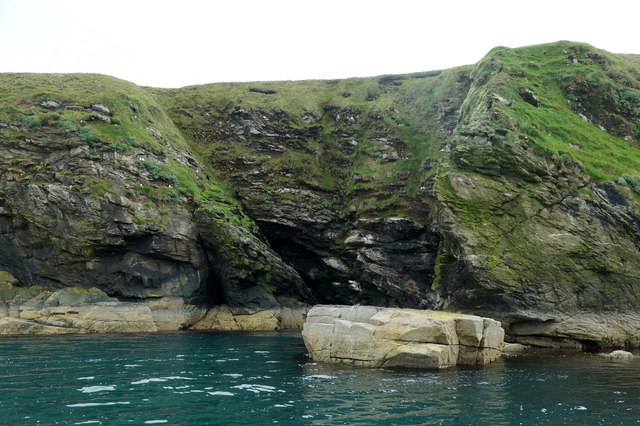
Klifts is a picturesque coastal feature located in the Shetland Islands, an archipelago in Scotland. Known for its stunning cliffs and slopes, Klifts offers breathtaking views of the North Sea and the surrounding rugged landscape.
The cliffs at Klifts are characterized by their sheer height and dramatic appearance. Rising several hundred feet above sea level, they provide a nesting site for numerous seabirds, including puffins, guillemots, and fulmars. These birds can be seen soaring above the cliffs or perched on narrow ledges, adding to the area's natural beauty and biodiversity.
The slopes of Klifts offer a unique opportunity for hiking enthusiasts and nature lovers. With their varying degrees of steepness, the slopes provide a challenge for experienced hikers, while also offering more relaxed routes for beginners. The paths wind through heather-covered moorland and grassy meadows, offering glimpses of wildflowers and native wildlife such as otters, seals, and deer.
One of the notable features of Klifts is the presence of sea caves, which have been formed over centuries of erosion by the relentless tides. These caves can be explored during low tide, revealing hidden chambers and rock formations sculpted by the sea. However, caution is advised, as the caves can be dangerous during high tide or stormy weather.
Klifts is a popular destination for photographers, birdwatchers, and outdoor enthusiasts seeking a unique and untouched natural environment. Its remote location and untouched beauty make it a must-visit for those looking to experience the raw power and tranquility of nature.
If you have any feedback on the listing, please let us know in the comments section below.
Klifts Images
Images are sourced within 2km of 60.587244/-0.89724593 or Grid Reference HU6089. Thanks to Geograph Open Source API. All images are credited.
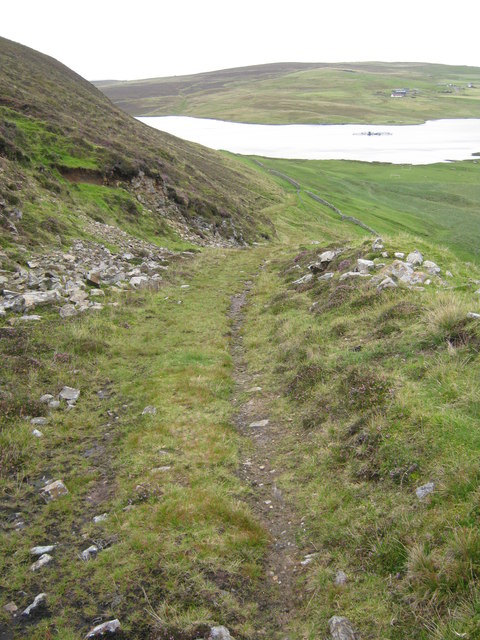
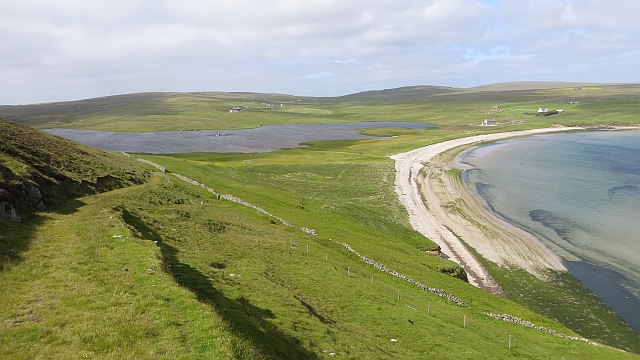
Klifts is located at Grid Ref: HU6089 (Lat: 60.587244, Lng: -0.89724593)
Unitary Authority: Shetland Islands
Police Authority: Highlands and Islands
What 3 Words
///taster.slowness.perfected. Near Houbie, Shetland Islands
Nearby Locations
Related Wikis
Fetlar
Fetlar (Scots: Fetlar) is one of the North Isles of Shetland, Scotland, with a usually resident population of 61 at the time of the 2011 census. Its main...
Haltadans
Haltadans, also known as Fairy Ring or Haltadans stone circle, is a stone circle on the island of Fetlar in Shetland, Scotland. This site is a ring of...
Brough Lodge
Brough Lodge is a 19th-century Gothic mansion on Fetlar, one of the Shetland Islands, in northern Scotland. Built by the Nicolson family, who were responsible...
Funzie Girt
Funzie Girt (; Scots: Funyie Girt "Finns' dyke") is an ancient dividing wall that was erected from north to south across the island of Fetlar in Shetland...
Urie Lingey
For other islands with similar names, see Linga (disambiguation) Urie Lingey is one of the Shetland Islands. It is between Fetlar and Unst, and Yell is...
Hamars Ness
Hamars Ness is a headland on the island of Fetlar in Shetland, Scotland. The name is from the Old Norse Hamarsnes meaning "craggy headland". A ro-ro ferry...
Hascosay
Hascosay (Scots: Hascosay; Old Norse "Hafskotsey") is a small island lying between Yell and Fetlar in the Shetland Islands, Scotland. == Geography and... ==
Sound Gruney
For other islands with similar names, see Gruney (disambiguation) Sound Gruney is one of the Shetland islands. It lies about 1.5 kilometres (0.93 mi)...
Have you been to Klifts?
Leave your review of Klifts below (or comments, questions and feedback).
